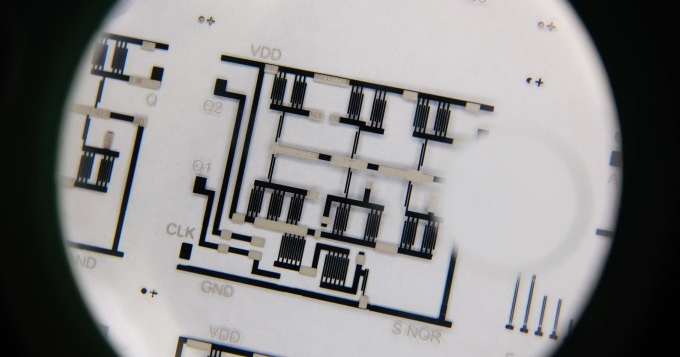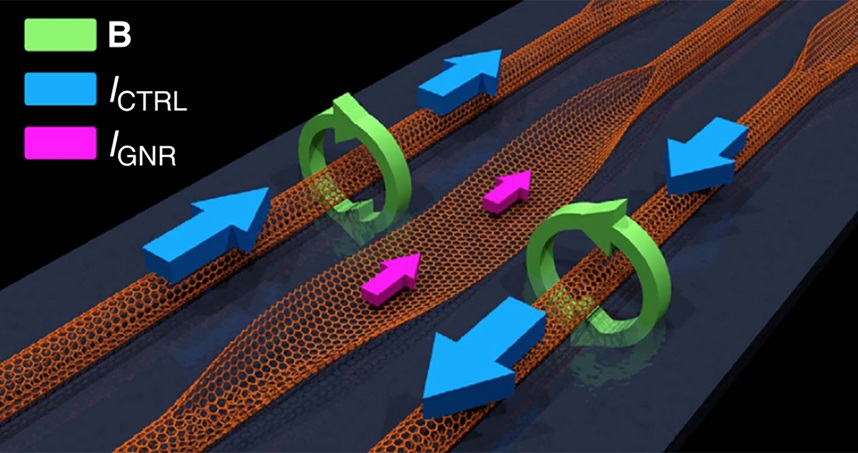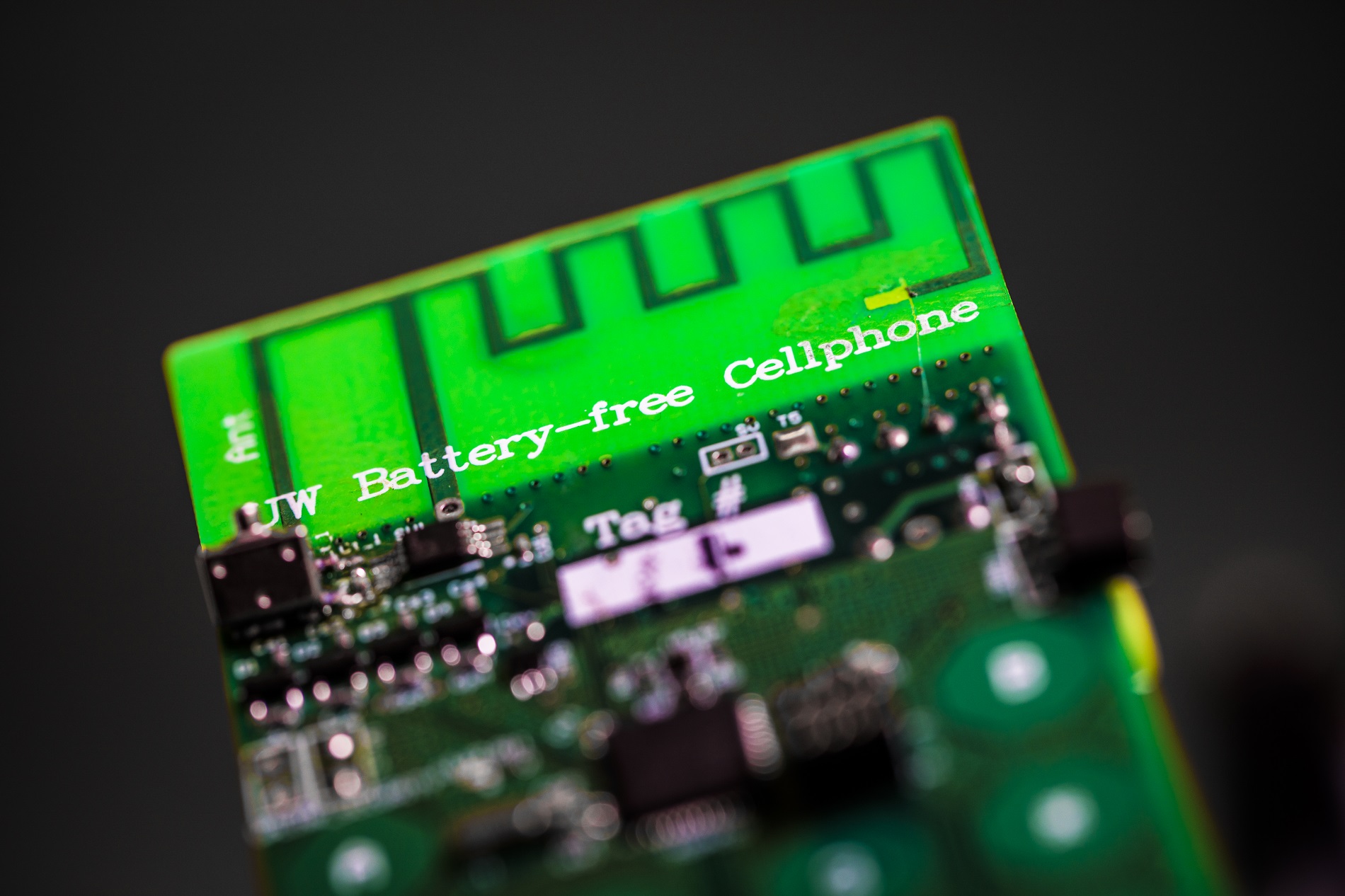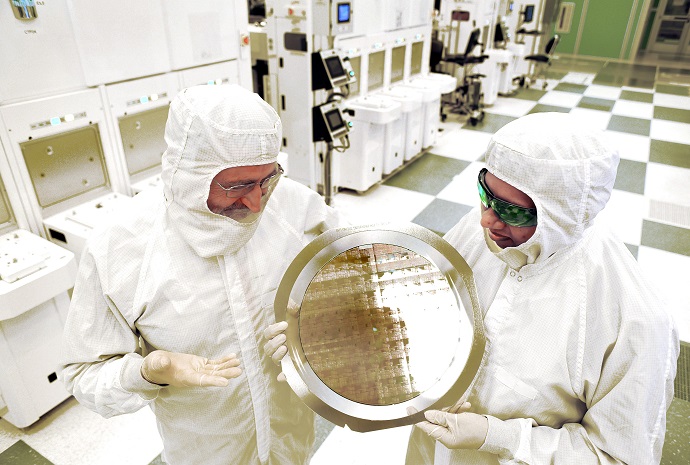17-Nov-2014
Nanyang Technological University (NTU) has successfully printed complex electronic circuits using a common t-shirt printer.
The electronic circuits are printed using unique materials in layers on top of everyday flexible materials such as plastic, aluminium foil and even paper.
Resistors, transistors and capacitors, the key components of a complex electronic circuit, are printed using non-toxic organic materials like silver nanoparticles, carbon and plastics.
Associate Professor Joseph Chang, leader of the NTU research group said their unique printing technique has made mass production of cheap disposable electronic circuits possible.
“This means we can have smarter products, such as a carton that tells you exactly when the milk expires, a bandage that prompts you when it is time for a redressing, and smart patches that can monitor life signals like your heart rate,” said the electronics expert from NTU’s School of Electrical and Electronic Engineering.
“We are not competing with high-end processors like those found in smartphones and electronic devices. Instead we complement them with cheaply printed circuits that cost mere cents instead of a few dollars, making disposable electronics a reality.”
The types of complex circuits the team has successfully printed include a 4-bit digital-to-analog converter – a component commonly used in turning digital signals into sound for speakers and headphones; and radio-frequency identification (RFID) tags, commonly used for tracking of goods.
The key difference between Prof Chang’s method and the other types of printed electronics is that it is fully additive, which makes it very eco-friendly. The circuits are printed entirely without the use of any toxic chemicals or oxidising agents.
“Our innovative process is green, using non-corrosive chemicals. It can be printed on demand when needed within minutes. It is also scalable, as you can print large circuits on many types of materials and most importantly, it is low cost, as print technology has been available for decades,” Prof Chang added.
The innovative printing method pioneered by NTU has resulted in two provisional patents and research papers in several scientific publications, including one which was the second most downloaded in Sciencedirect, a database of 2,500 journals. Of the two patents, one is on a cheap disposable Internet-of-Things for Drug Medication Adherence.
NTU start-up to focus on biomedical applications
A new start-up company is being established and a venture capitalist has expressed interest to fund the commercialisation of the invention. A multinational biomedical company has also expressed interest to adopt the application of printed electronics for biomedical devices.
The innovation has also attracted international interest with Prof Chang delivering several keynote addresses at major conferences. He has also been recognised by the Institute of Electrical and Electronics Engineers (IEEE), the world’s largest profession for engineers in the field, as a Distinguished Lecturer for the Printed Electronics.
Moving forward, the four-person multi-disciplinary team – two engineers, a material scientist and a chemist – will be looking to develop both digital and analog printable circuits for other biomedical applications in sensing and processing, where low-cost smart circuits are required and for smart lighting systems.
This three-year research project is funded jointly by NTU, the Agency for Science Technology and Research (A*STAR) Science and Engineering Research Council and the Ministry of Education Singapore.
Prof Chang’s invention is another contribution to the University’s research efforts in Future Healthcare and Innovation Asia, two of NTU’s Five Peaks of Excellence – interdisciplinary research areas in which the university aims to make a global mark in. The other three peaks include Sustainable Earth, New Media and the East-West knowledge hub.
Besides ground-breaking research, NTU has had remarkable success translating its research into innovative applications. Ranked 39 globally by higher education information provider Quacquarelli Symonds, NTU is also ranked No. 1 in the world for industry income and innovation by Times Higher Education, and ranked 42nd globally for its scientific research amongst 20,000 institutions worldwide by the new Nature Index released just last week.

NTU engineers develop innovative process to print flexible electronic circuits

Printed flexible electronic circuit











